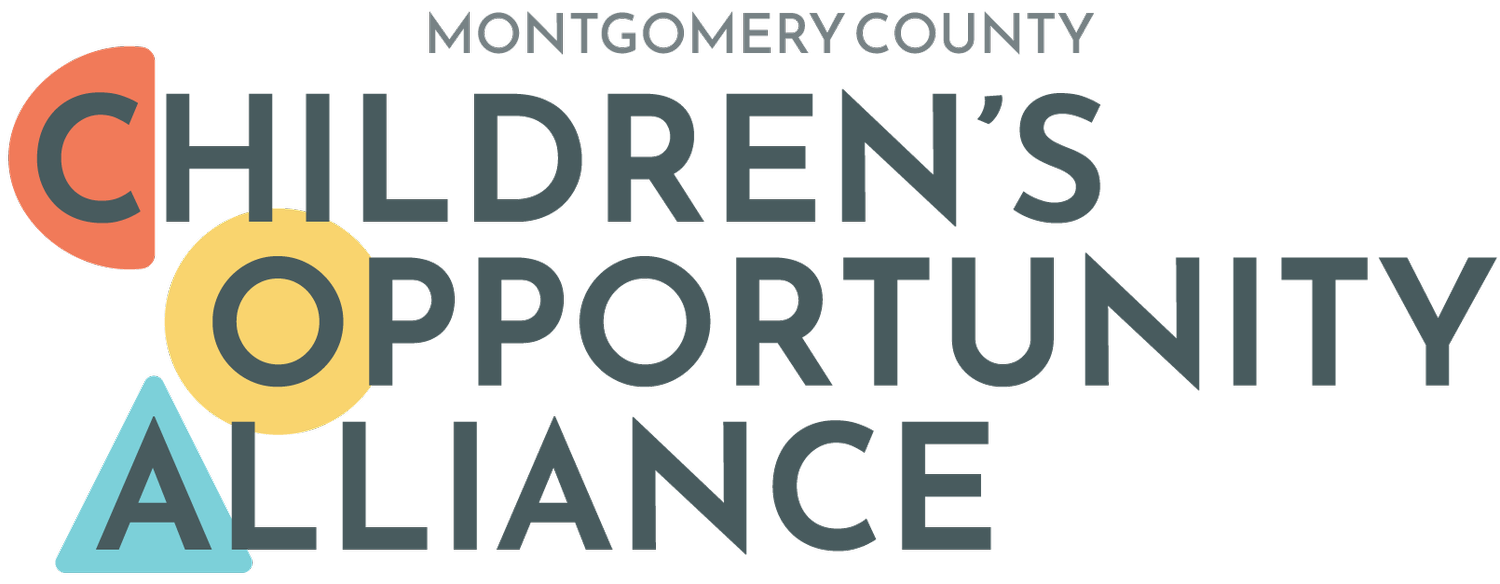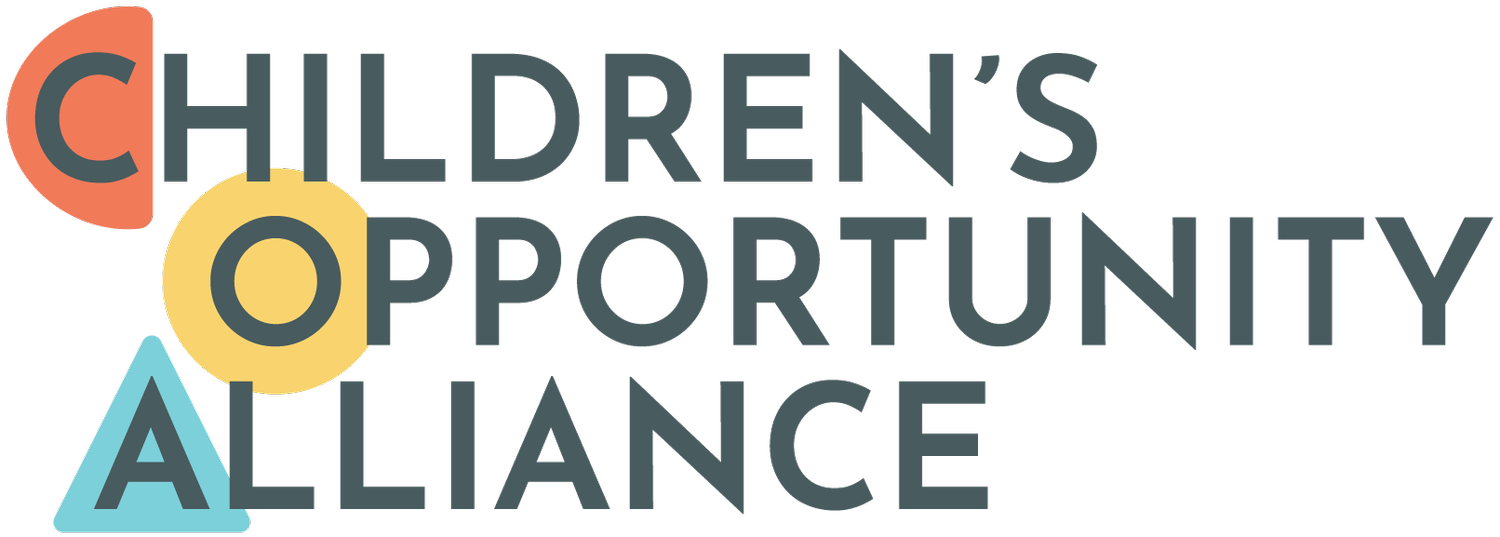The Sandbox: What We Learned from the FY24 Fiscal Map: Prioritizing Smart Investments in our County’s Youngest Children
Each year, the Children’s Opportunity Alliance tracks the dollars invested in Montgomery County’s early care and education (ECE) system. Tracking fiscal investments and creating a fiscal map allows us to track trends over time and use that insight to advocate for budgetary choices that ensure every dollar counts for young children and families.
Why Track the Money?
ECE is one of the smartest investments we can make. Research shows that every dollar invested in high-quality early learning generates a return of four- to nine-times the cost. To maximize these returns, we need to see how resources are actually being spent and where that spending has the most impact.
A fiscal map gives us a clear picture of who is investing, how much, and for what purpose. With this information, policymakers, educators, families, and advocates can make better decisions, hold systems leaders accountable, and ensure that funding aligns with community values and priorities.
The Need for a Dedicated Funding Stream
Our fiscal maps confirm what families and providers already know: the current ECE system is built on an unsustainable model. Families, especially those with infants and toddlers, bear crushing tuition costs, while the largely Black, brown, and female-led educator workforce struggles with low wages and lack of benefits. Despite multiple funding streams from federal, state, and local governments, the system remains fragmented and fragile.
Montgomery County has launched innovative programs that increase infant and toddler seats and show promise like the EquiCare Subsidy Grant. But without a dedicated, sustainable funding stream, these efforts can’t be scaled to meet the true needs of children and families. The fiscal map makes this reality visible.
What We Learned from the FY24 Fiscal Map
The FY24 fiscal map analyzed more than $340 million in investments across County, State, federal, and philanthropic sources.
Our key takeaway: The current scale and reach of successful programs and investments is not enough to accomplish the goals we have for our young children and our community.
FY24 was a year when the system had begun to stabilize and grow post-pandemic; more children, families, and educators were participating in public safety net programs and ECE quality and credentialing achievement bonuses; and demand for services such as special education and parenting resources continued to grow. Accordingly, funding in the system increased 28% from FY22. And yet:
Over 20,000 young children income-eligible for subsidized care in Montgomery County did not receive tuition supports.
The average pay gap between a community-based ECE educator and an MCPS teacher is more than $26,000 per year.
Only 3% of licensed providers accessed available public grant programs to offer Pre-K, EquiCare, Therapeutic Child Care, and more.
If we want to see change, overall county investments will need to grow. While total County spending on children ages 0-5 grew from $128 million to $158 million between FY22 and FY24, this remained just 2% of the County’s total budget, even though young children make up 7% of the population.
Entering the FY27 Budget Season: The Questions Ahead
As we approach FY27, the County faces a tough budget climate with fewer resources available. The fiscal map raises critical questions that leaders must now grapple with:
As we work to support families with affordable housing, food, and healthcare in a restrained fiscal climate, how can we ensure that child care – the foundation that allows families to work, children to grow, and our economy to thrive – is treated with equal urgency?
How can we scale what works for young children without adding to the economic burden on families, who are already stretched thin? What will it take to invest in methods that are smarter, more equitable, and more sustainable for all families?
The answers require bold action. If we know that ECE delivers a higher return on investment than almost any other public expenditure, perhaps it’s time to shake things up – to align our funding with our values and make the investments that will pay off for generations.
The Bottom Line
The FY24 fiscal map is more than a look back – it’s a guide forward. By tracking the money, we can make better and different choices. By calling for a dedicated funding stream, we can build a system that truly works. And by asking hard questions in this budget season, we can begin to do things differently – because our children deserve nothing less.
You can access the fiscal map report and the searchable database here. We welcome your thoughts and feedback on the research and what part of the early care and education system you think is most important for the County to invest in for ages 0-5.

